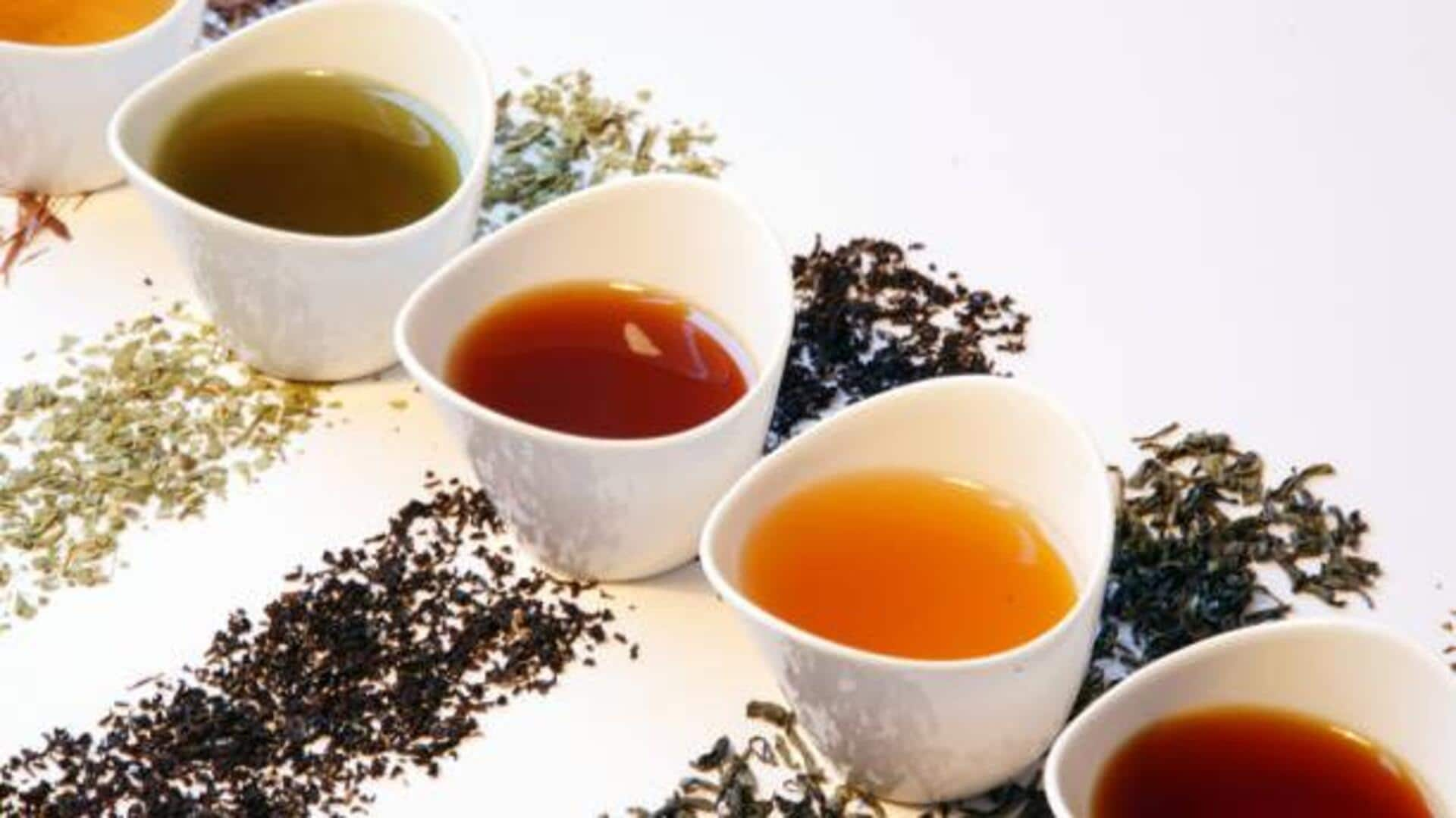
The art of tea-tasting: 5 techniques to try today
What's the story
Tea-tasting is an art that demands a cultivated palate. This article details five exercises to sharpen tea-tasting accuracy, perfect for novices and aficionados. These techniques, while straightforward, hone taste buds and amplify the ability to perceive delicate flavors. They transform tea-tasting into a more sophisticated sensory experience.
Exploration
Broaden your flavor horizons
One of the simplest ways to educate your palate is by tasting a variety of flavors. Begin by trying teas from different regions, each with its distinctive flavor profile. For example, Assam teas are known for their malty flavor, while Darjeeling teas possess a muscatel grape-like characteristic. By regularly experiencing new teas, you'll slowly but surely develop a keen sense of taste and smell.
Sensory
Focus on the details
To further hone your tasting skills, try dedicating each tasting session to concentrating on a particular element of the tea's flavor profile. Focus on discerning the dominant taste (sweet, salty, bitter, sour) first, then progress to identifying subtler characteristics such as astringency or umami. This mindful approach not only enhances your tasting technique but also fosters a deeper appreciation for the complexity of tea flavors.
Documentation
Keep a tea journal
Keeping a record of your tea-tasting experiences can greatly enhance your ability to identify and recall distinct flavors. After each tasting, make a habit of writing down your observations about the tea's appearance, aroma, flavor, and aftertaste. Eventually, revisiting these notes will allow you to make connections, compare different teas, and gain a deeper understanding of your own taste preferences.
Refresh
Cleanse your palate regularly
A clean palate is essential for accurate taste perception. Before each tasting session, cleanse your palate by drinking plain water or eating a small piece of apple or plain cracker. This helps to eliminate lingering flavors from previous meals or drinks, ensuring that you can fully appreciate the unique flavor profile of the tea you are currently tasting.
Awareness
Practice mindful tasting
Lastly, practicing mindful tasting can significantly amplify your sensory experience with tea. Take slow sips and let the tea sit on your tongue for a few moments before swallowing. Notice how the flavor changes from the initial taste to the middle taste and then to the aftertaste. This not only sharpens your palate and ability to detect nuanced flavors but also makes the whole process of tea-tasting more enjoyable.